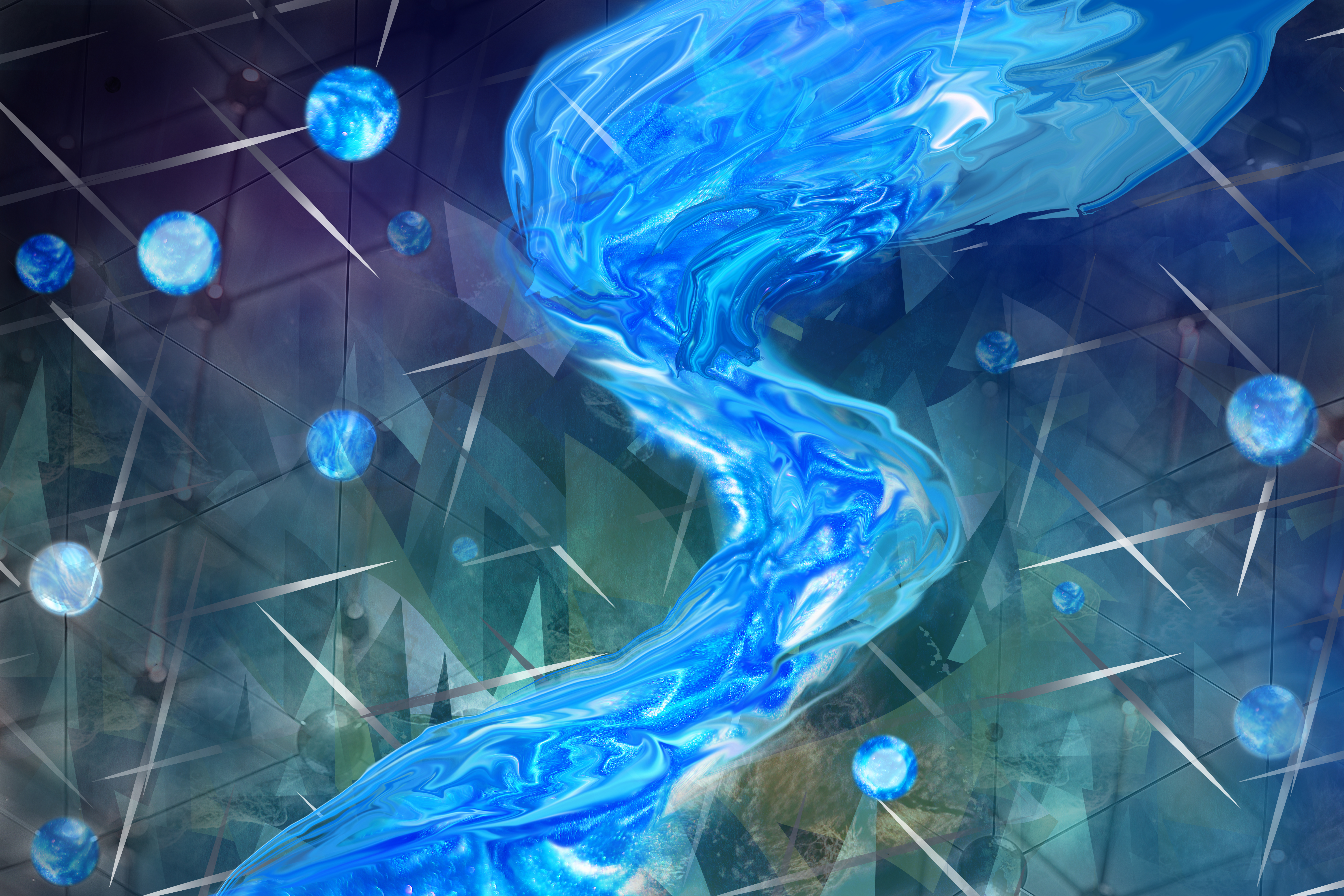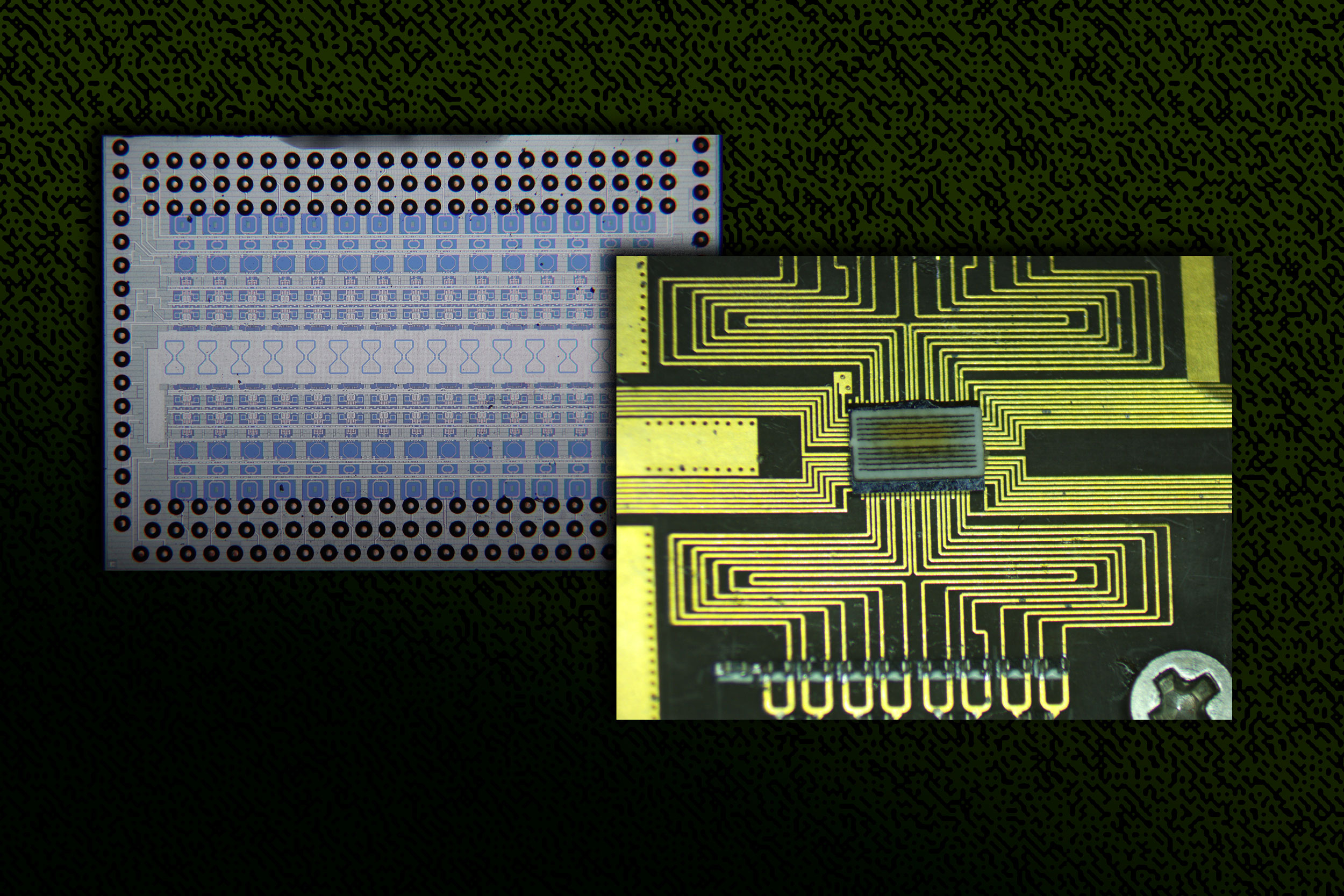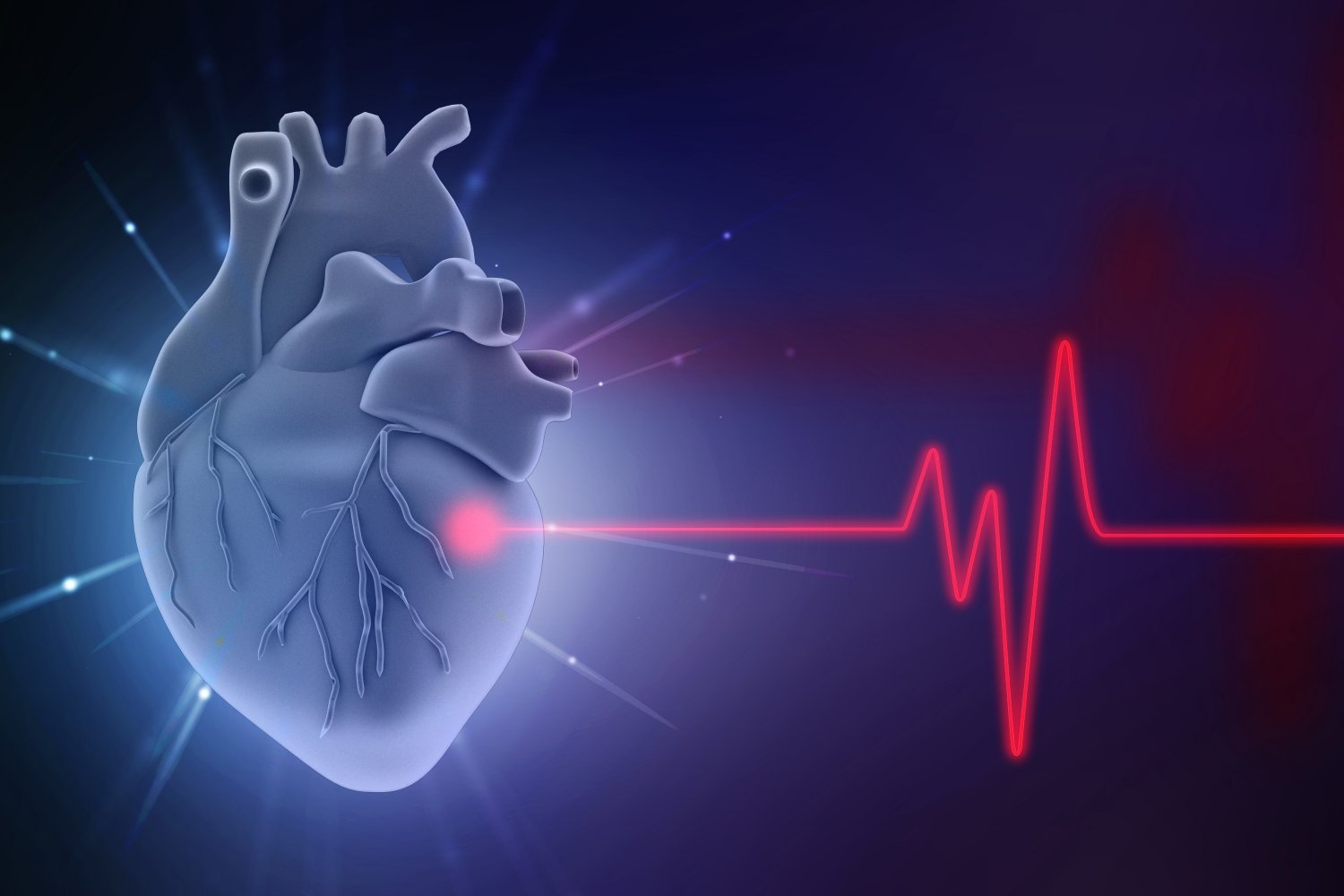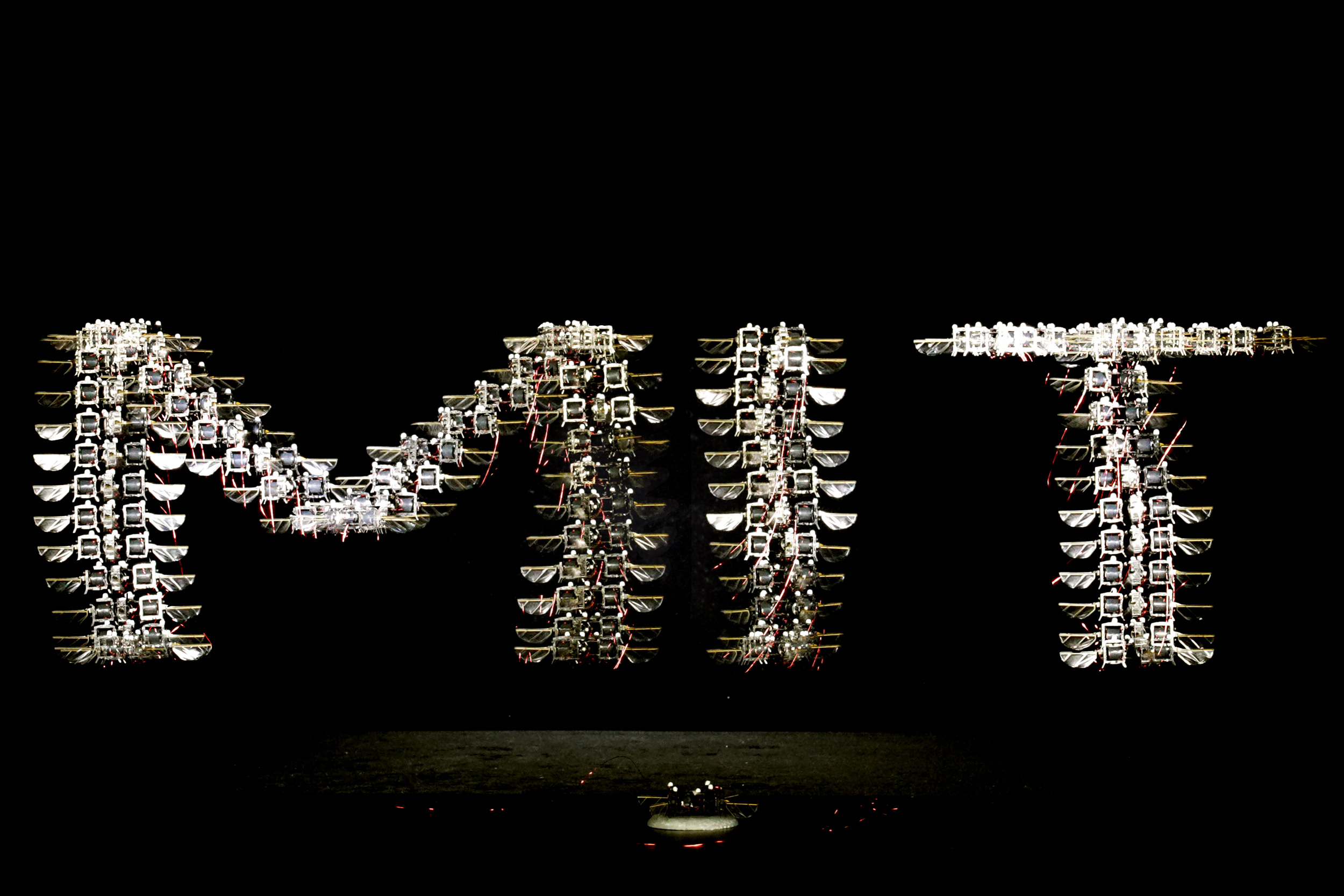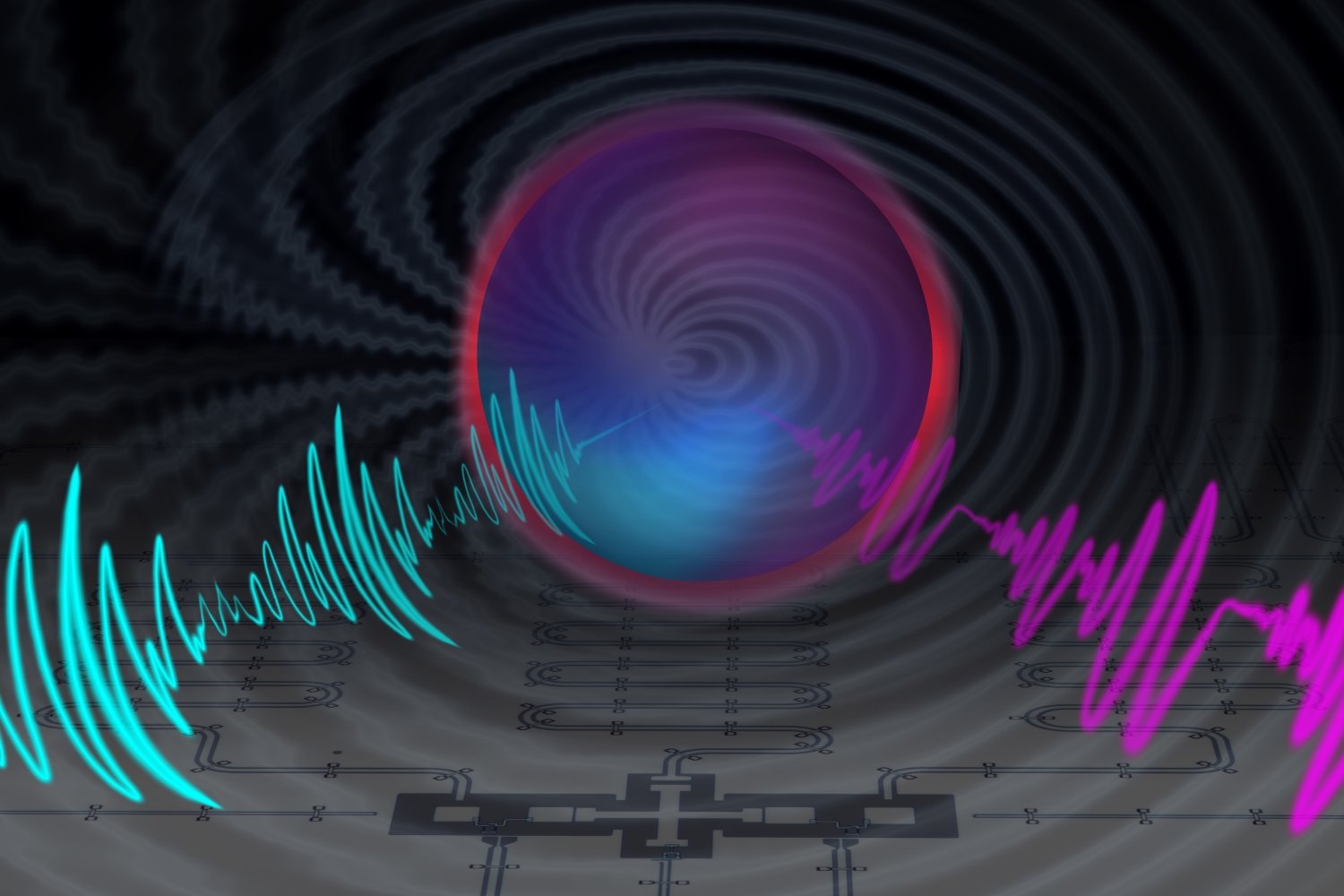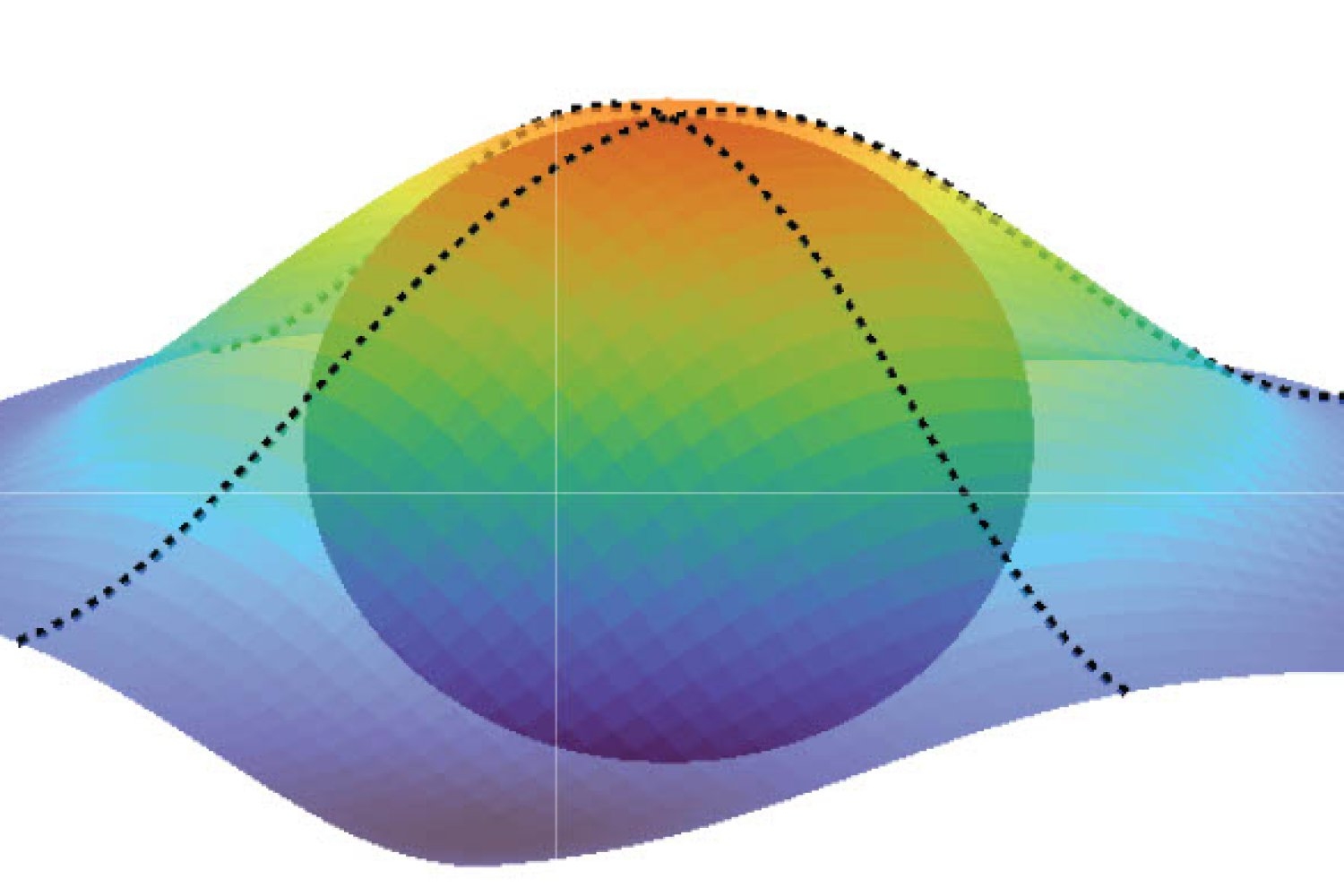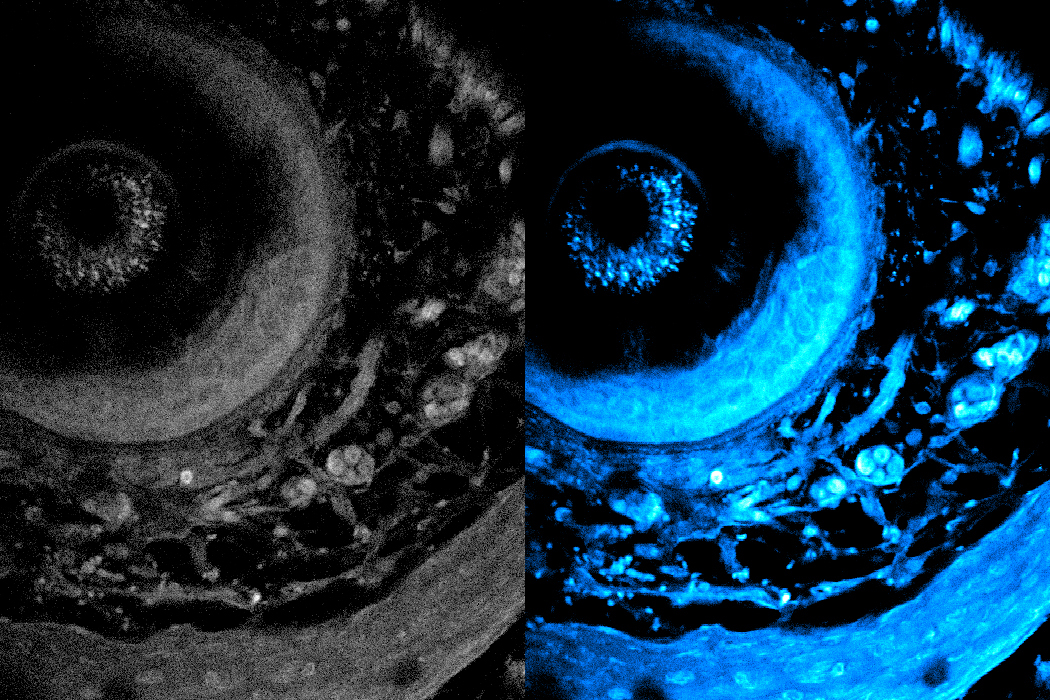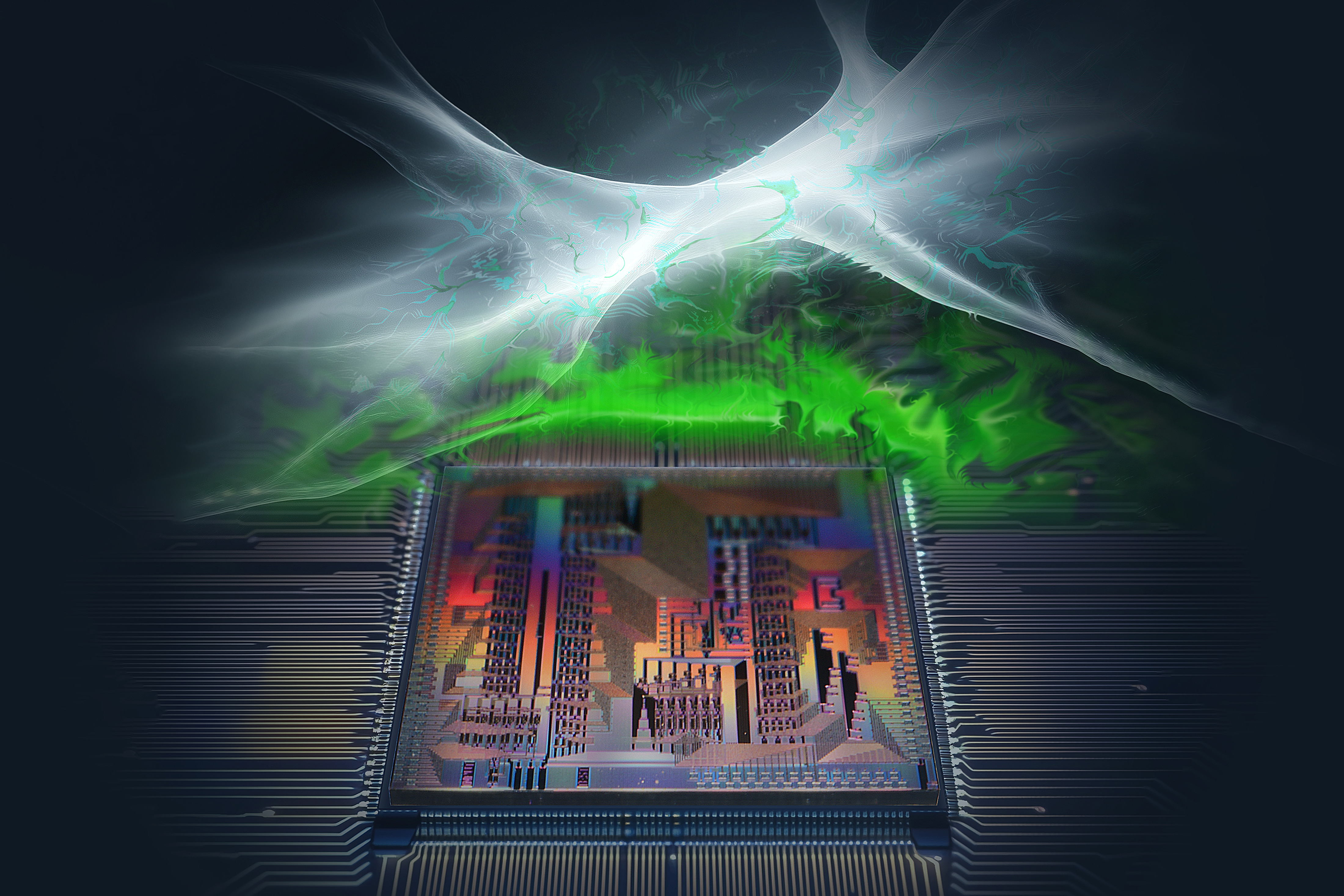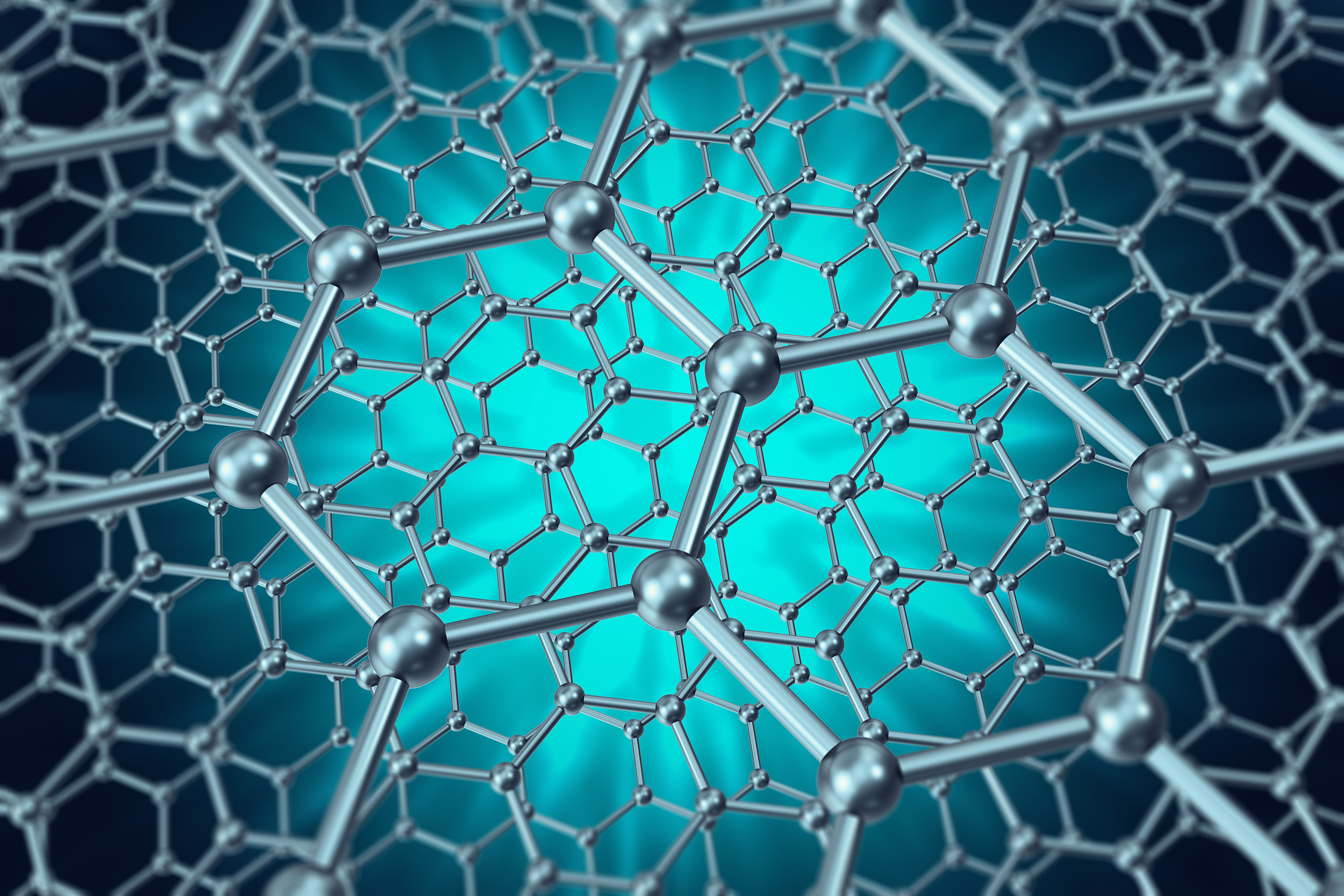Can deep learning transform heart failure prevention?
A deep neural network called CHAIS may soon replace invasive procedures like catheterization as the new gold standard for monitoring heart health.
Alex Ouyang | Abdul Latif Jameel Clinic for Machine Learning in Health •
mit
Feb. 10, 2025 • ~8 min
Feb. 10, 2025 • ~8 min
Photonic processor could enable ultrafast AI computations with extreme energy efficiency
This new device uses light to perform the key operations of a deep neural network on a chip, opening the door to high-speed processors that can learn in real-time.
Adam Zewe | MIT News •
mit
Dec. 2, 2024 • ~8 min
Dec. 2, 2024 • ~8 min
/
24

